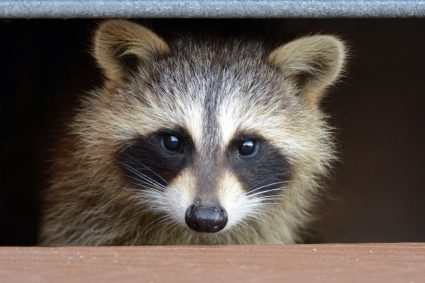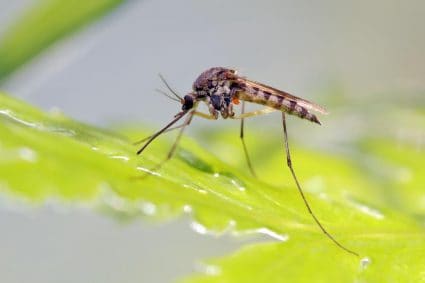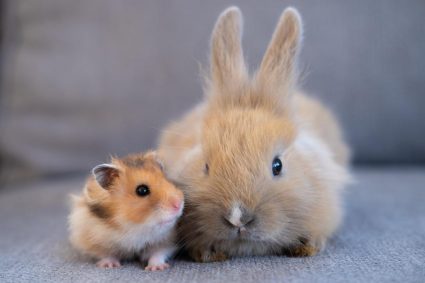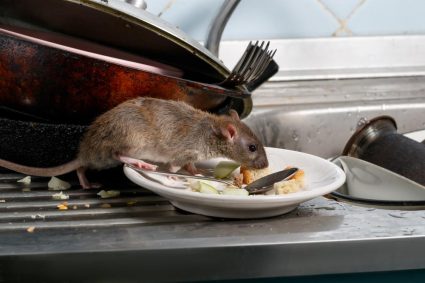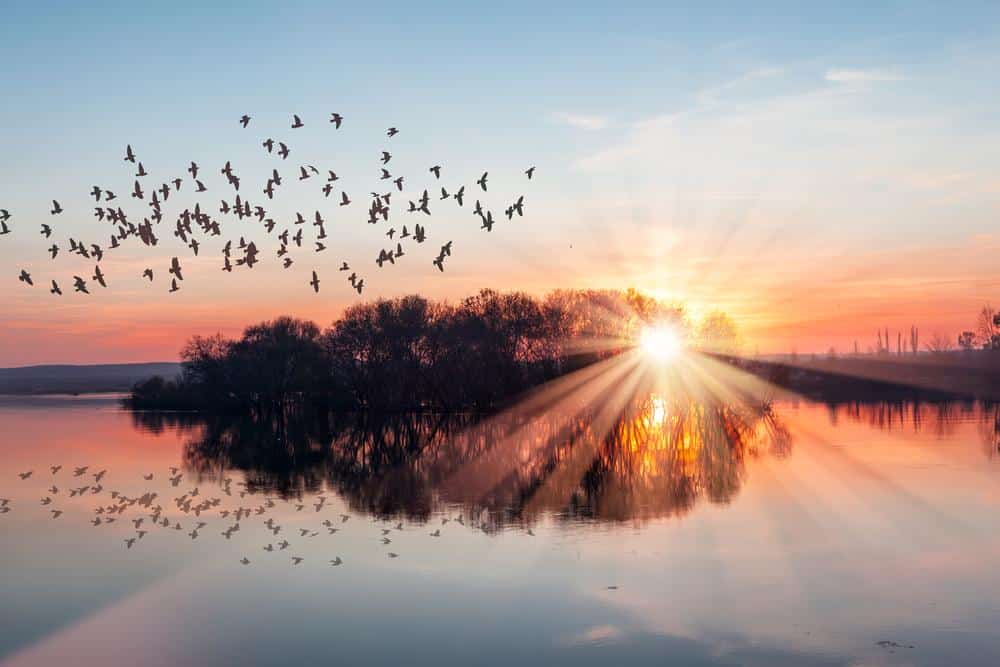
Sunflowers, with their vibrant yellow petals and towering heights, are a popular choice for many gardeners. Unfortunately, they’re also quite attractive to a variety of birds. While these feathered creatures add to the beauty and vitality of your garden, they can also cause considerable damage to your sunflowers. If you’re facing this challenge, you’re not alone. In this comprehensive guide, we will cover various methods and strategies on how to keep birds away from sunflowers.
To keep birds away from sunflowers, you can use physical barriers like seed tunnels, chicken wire, or lightweight fencing. Providing alternative food sources for the birds, using liquid bird repellents, hanging mylar tape, and covering the sunflower heads with mesh laundry bags are also effective methods. Adjusting your garden layout and using scare tactics or natural predators can help too. Lastly, the timing of sunflower planting and harvesting can impact bird attraction.
Understanding the Attraction: Why Do Birds Love Sunflowers?
Birds are attracted to sunflowers for a simple reason: the seeds. Sunflower seeds are a rich source of nutrients for birds, providing them with essential minerals like potassium, calcium, magnesium, and iron, as well as vitamins A, B, C, and D. Some common types of birds attracted to sunflowers include the American Goldfinch, Black-Capped Chickadee, Downy Woodpecker, Indigo Bunting, Pine Siskin, Northern Cardinal, Chickadee, House Finch, Tufted Titmouse, Grosbeaks, Nuthatches, Red-bellied Woodpecker, and Eastern Towhee.
Methods to Deter Birds from Sunflowers
There are several effective methods to deter birds from sunflowers. Here are some strategies you can implement:
Physical Barriers
Using physical barriers such as seed tunnels, chicken wire, or lightweight fencing can protect young sunflowers. As the flowers grow, adjust the wire so that the plants are not damaged. Another effective material to protect the sunflower heads is poly spring garden fleece, cheesecloth, or old pantyhose, which allows light in while providing a barrier that makes it hard for birds to access the seeds.
Alternative Food Sources
By setting up bird feeders and sources of water away from your sunflowers, you can encourage birds to meet their food and water needs elsewhere. You can also plant decoy plants that birds can eat instead.
Liquid Bird Repellents
EPA-registered liquid bird repellents like Avian Control are safe for birds, plants, and people. These repellents can be sprayed or fogged over the area to deter birds.
Mylar Tape
Mylar tape can be hung in streamers to frighten birds away from sunflowers. This scare tactic is especially effective against crows.
Mesh Laundry Bags
Mesh laundry bags can be used to cover the sunflower heads once the seeds start to develop. These bags protect the seeds while still allowing air circulation.
Using Garden Layouts to Deter Birds
Certain garden layouts and placements can also help keep birds away from sunflowers. Here are some strategies:
Set Up a Separate Haven
Setting up bird feeders and sources of water far from your sunflowers can encourage birds to meet their food and water needs elsewhere. Some gardeners even plant extra tomatoes near the feed stations to keep the squirrels content.
Try Containers
Planting sunflowers in containers, particularly dwarf varieties, allows you to move them out of harm’s way when they’re at their tastiest. Potted dwarf plants are also easier to cover or cage if you must resort to that, for part or all of the growing season.
Plant More Sunflowers
Increasing the number of sunflowers you plant ensures that you have enough for both birds and yourself.
Natural Predators and Scare Tactics
There are several natural predators and scare tactics that can be used to keep birds away from sunflowers. These include using scarecrows, hanging CDs to sway and glitter in the sunlight, or draping the plant in holiday tinsel to frighten birds away.
Timing of Sunflower Planting and Harvesting
The timing of sunflower planting and harvesting can significantly affect bird attraction. Sunflowers have the best seed buffet in late summer to early fall, attracting a variety of birds. If your goal is to attract birds to your garden, you might want to delay harvesting until the seeds are fully ripe and the flower head starts to droop.
Remember to combine different methods and adjust them as needed, as birds and other wildlife can be persistent in trying to access your sunflowers. With the right strategies, you can enjoy your sunflowers while maintaining a harmonious relationship with the birds in your garden.
Frequently Asked Questions
What are some examples of decoy plants to distract birds from sunflowers?
Decoy plants that can distract birds include berry-producing shrubs like elderberry, holly, or dogwood, as well as seed-producing flowers like coneflowers and black-eyed Susans.
How often should I apply liquid bird repellents?
The frequency of application for liquid bird repellents can vary depending on the product and the severity of the bird problem. It’s best to follow the instructions on the product label. However, a general guideline is to apply it once every 1-2 weeks.
Can I use Mylar tape for all kinds of birds?
Mylar tape is generally effective for a wide range of bird species. Its reflective surface and the noise it makes in the wind can scare away many types of birds. However, some birds may become accustomed to it over time, so it’s best to use it in combination with other deterrent methods.
What other materials can I use to cover sunflower heads?
Besides mesh laundry bags, you can also use burlap sacks, netting, or even old t-shirts to cover sunflower heads. The key is to use a material that allows light and air to reach the plant while preventing birds from accessing the seeds.
How can I make my scarecrow more effective?
To make your scarecrow more effective, change its position and outfit regularly to create the illusion of human activity. You can also add shiny objects like aluminum foil or CDs to increase its visibility. Some gardeners even use scarecrow sprinklers, which move and spray water when they detect motion.




